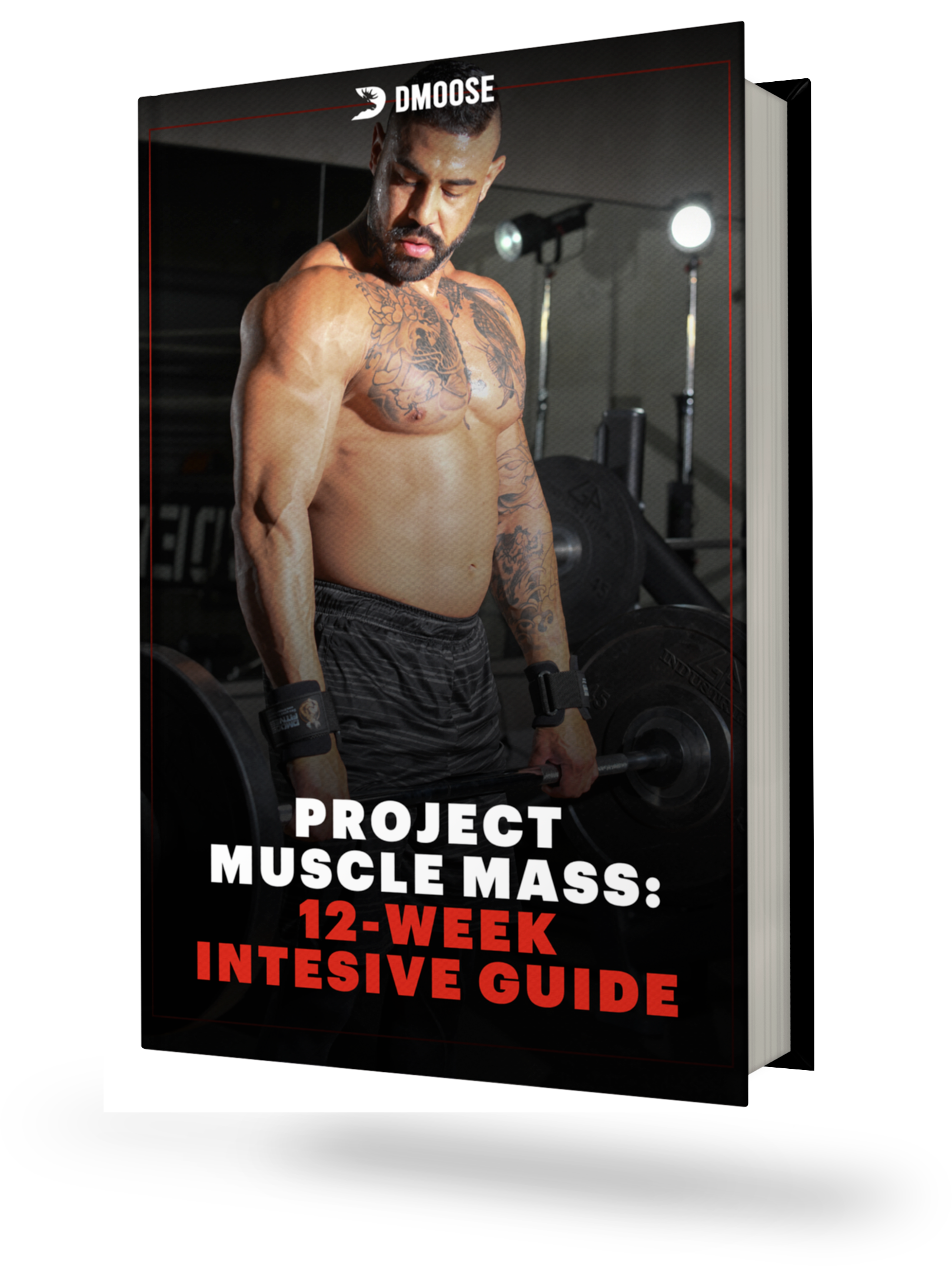
Heavy Resistance Training: The Key to Preserving Muscle Mass as You Age
Fast-twitch muscle fibers play a crucial role in strength, power, and overall physical functionality. As we age, we lose 3-5% of muscle mass per decade starting in our 30s, accelerating to 10% by our 50s. Heavy resistance training helps preserve these essential muscle fibers and maintains strength throughout aging.
Fast-Twitch vs. Slow-Twitch Muscle Fibers
Fast-twitch fibers:
- Generate high force and speed
- Larger in diameter
- First to atrophy with age
- Essential for power movements
Slow-twitch fibers:
- Built for endurance activities
- More fatigue-resistant
- Smaller in size
- Insufficient alone for maintaining strength

Muscular people exercising in gym
Effective Training Strategy
Weekly training recommendations:
- 10-15 working sets per muscle group
- Heavy weights with 4-8 reps
- Mix of heavy lifts and explosive exercises
Key exercises:
- Compound movements (squats, deadlifts, bench press)
- Explosive workouts (sprints, box jumps, medicine ball throws)
- Pull-ups and chin-ups
Recovery and Nutrition
For optimal results:
- Allow adequate rest between heavy training sessions
- Consume sufficient protein for muscle recovery
- Stay hydrated
- Consider appropriate supplements for recovery support

Man lifting dumbbell
Injury Prevention Benefits
Regular heavy resistance training:
- Improves coordination
- Enhances balance
- Reduces fall risk
- Strengthens joints and connective tissue
Common FAQs
Q: Should I train heavy every day? A: No, alternate heavy training with lighter sessions to prevent overtraining and allow proper recovery.
Q: Is weight training for everyone? A: Yes, it can be adapted to any fitness level and provides universal benefits for strength and health.
Q: What's better: heavy weights or more reps? A: Both have their place - heavy weights build strength and power, while higher reps enhance endurance. A combination is optimal for overall fitness.
